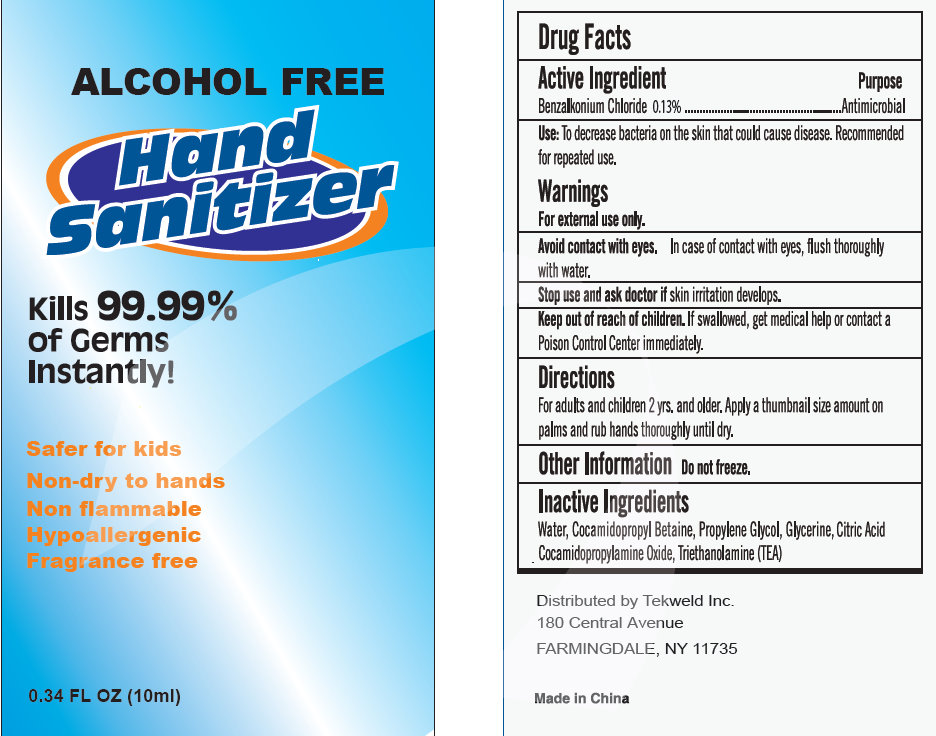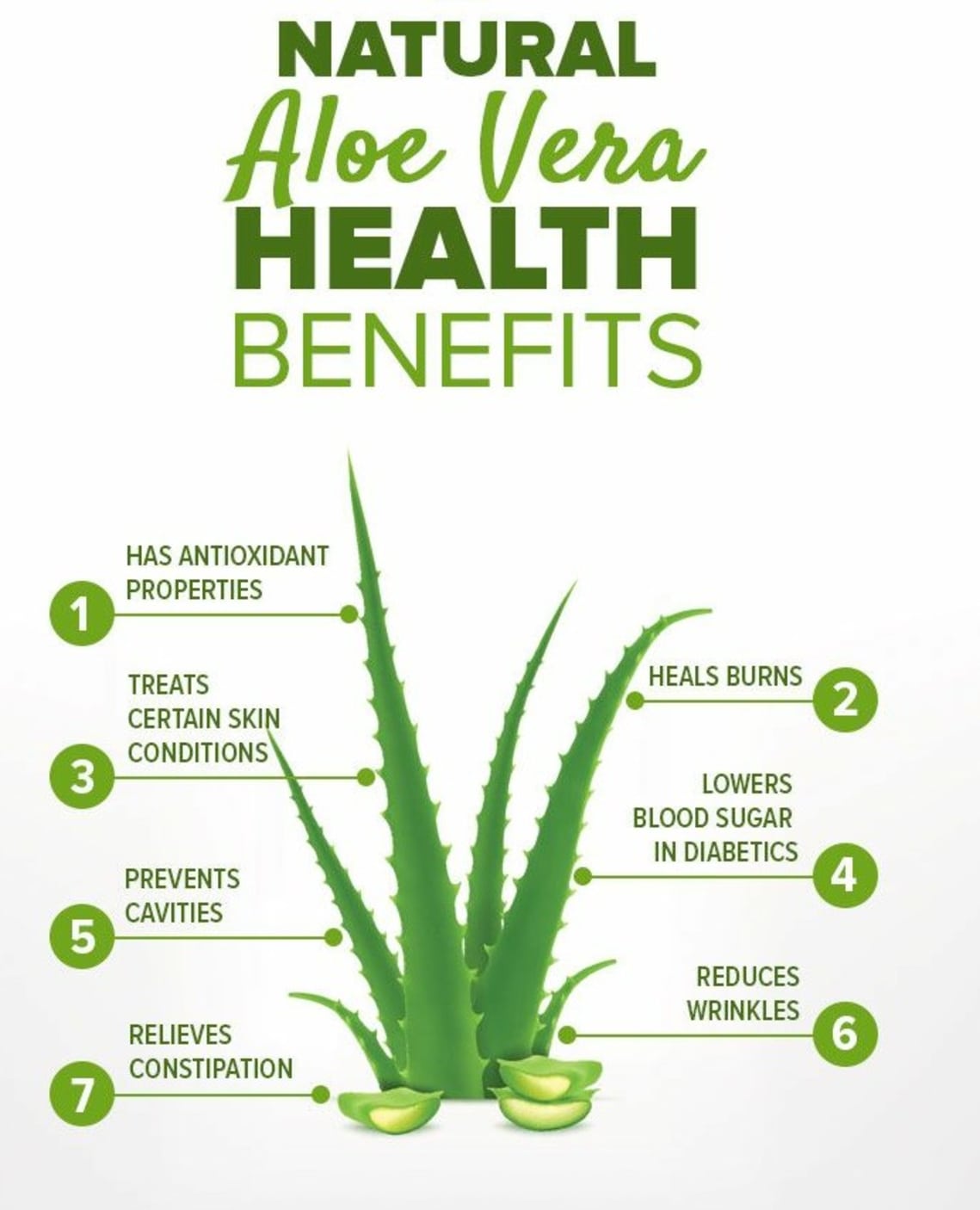
Aloe Vera and Vitamin E
- Moisturizes and softens dry skin, thanks to its high water content and mucopolysaccharides
- Reduces inflammation and redness, which can be particularly beneficial for irritated hands
- Promotes skin repair and regeneration, helping to heal minor cuts or abrasions
- Contains natural antibacterial and antiviral properties, enhancing the sanitizer’s effectiveness
Vitamin E, a potent antioxidant, complements aloe vera’s benefits in hand sanitizer formulations:
- Protects skin cells from free radical damage, which can be caused by frequent hand washing or sanitizing
- Improves skin barrier function, helping to lock in moisture and prevent dryness
- Enhances the skin’s healing process, working synergistically with aloe vera
- May help reduce the appearance of scars and promote overall skin health
The combination of aloe vera and vitamin E in hand sanitizers creates a protective barrier on the skin, preventing moisture loss while still allowing the active disinfecting ingredients to work effectively. This dual-action approach helps maintain the skin’s natural balance, reducing the risk of dryness, cracking, or irritation often associated with frequent hand sanitizer use.
Alcohol-Free Formulations

- Gentler on skin, reducing irritation and dryness
- Non-flammable, making them safer for certain environments
- Longer-lasting antimicrobial activity on the skin surface
- Often more cost-effective than alcohol-based products
Many alcohol-free formulations incorporate moisturizing ingredients like aloe vera, vitamin E, and glycerin to further protect and nourish the skin. This combination of germ-killing efficacy and skin-friendly components makes them particularly suitable for frequent use.
Glycerin and NaPCA Benefits

- Draws moisture from the air and deeper skin layers to the surface, providing immediate and long-lasting hydration
- Forms a protective barrier on the skin, reducing moisture loss and preventing irritation
- Improves skin’s elasticity and softness, counteracting the potential drying effects of alcohol-based sanitizers
- Enhances the skin’s natural barrier function, helping to protect against environmental stressors
Sodium PCA, the sodium salt of pyrrolidone carboxylic acid, is a naturally occurring component of human skin and a potent humectant. When included in hand sanitizer formulations, NaPCA:
- Binds water molecules effectively, holding up to 250 times its weight in water
- Provides long-lasting moisturization, helping to maintain skin hydration between applications
- Supports the skin’s Natural Moisturizing Factor (NMF), crucial for maintaining proper skin hydration and function
- Helps to reduce transepidermal water loss, keeping skin soft and supple
The combination of glycerin and NaPCA in hand sanitizers creates a powerful moisturizing effect that can significantly mitigate the drying and irritating effects of frequent sanitizer use. This is particularly beneficial for individuals with sensitive skin or those living in dry climates.
Combining Aloe Vera and Vitamin E

- Enhanced moisturization: Aloe vera’s high water content complements vitamin E’s ability to lock in moisture, resulting in deeper and longer-lasting hydration for the skin. This combination helps counteract the drying effects of alcohol-based sanitizers more effectively than either ingredient alone.
- Improved skin barrier function: Vitamin E strengthens the skin’s natural barrier, while aloe vera forms a protective layer on the skin surface. Together, they create a more robust defense against environmental stressors and potential irritants.
- Accelerated healing: Both ingredients possess healing properties, with aloe vera promoting skin regeneration and vitamin E supporting cellular repair. When combined, they may speed up the healing process for minor cuts, abrasions, or dry, cracked skin often associated with frequent hand sanitizer use.
- Antioxidant boost: Vitamin E is a potent antioxidant, and aloe vera contains several antioxidant compounds. Their combination provides enhanced protection against free radical damage, which can be particularly beneficial for skin exposed to harsh sanitizing agents.
- Anti-inflammatory effects: Aloe vera’s natural anti-inflammatory properties are complemented by vitamin E’s ability to reduce skin inflammation. This synergy can help soothe irritated skin and minimize redness caused by frequent sanitizing.
- Extended shelf life: Vitamin E acts as a natural preservative, potentially extending the shelf life of aloe vera-based formulations. This can result in a more stable and long-lasting hand sanitizer product.
- Improved texture and absorption: The combination of these ingredients often results in a smoother, more easily absorbed formulation. Aloe vera’s gel-like consistency helps distribute vitamin E more evenly across the skin surface, ensuring better coverage and efficacy.
When selecting a hand sanitizer containing both aloe vera and vitamin E, look for products that list these ingredients prominently and in sufficient concentrations to provide meaningful benefits. The ideal formulation should balance the antimicrobial efficacy of the sanitizing agent with the skin-nourishing properties of aloe vera and vitamin E, offering effective germ protection while maintaining skin health and comfort.
Choosing the Right Sanitizer

